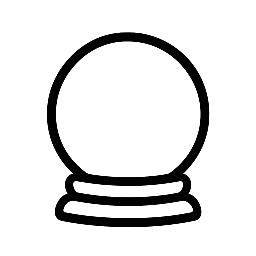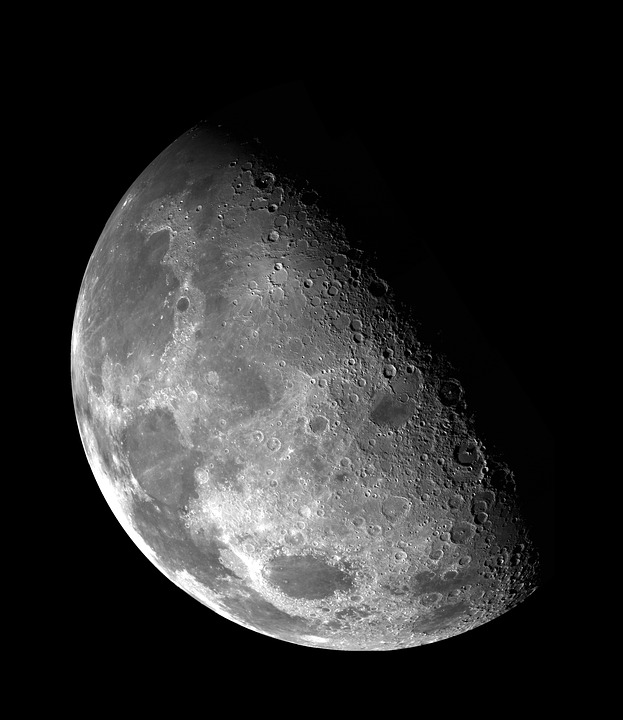The moon has long been a source of fascination and mystique, with its phases influencing the tides of our oceans and, some believe, the tides of our emotions. The idea that the moon’s phases can impact our emotional states is rooted in ancient cultures and spiritual practices, and continues to be explored in modern times. In this article, we’ll delve into the concept of emotional tides and how the moon’s phases can affect our emotional well-being.
The Phases of the Moon
The moon orbits the Earth in approximately 29.5 days, completing a full cycle of phases. The main phases are:
- New Moon: The beginning of a new cycle, marked by the moon’s invisible phase.
- Waxing Crescent: The moon appears to be growing larger as it approaches full moon.
- First Quarter: The moon is half-illuminated, with the right half visible in the sky.
- Waxing Gibbous: The moon continues to appear larger and fuller as it approaches full moon.
- Full Moon: The moon is fully illuminated, often associated with peak energy and intensity.
- Waning Gibbous: The moon appears to be decreasing in size as it moves away from full moon.
- Last Quarter: The moon is half-illuminated, with the left half visible in the sky.
- Waning Crescent: The moon appears as a thin crescent in the sky as it approaches the new moon phase.
Emotional Tides and the Moon’s Phases
Many people believe that the moon’s phases can influence our emotional states, with each phase corresponding to a specific emotional theme or energy. Here’s a breakdown of the emotional tides associated with each phase:
- New Moon: New beginnings, renewal, and setting intentions. Emotions may be calm and introspective.
- Waxing Crescent: Growth, expansion, and increasing energy. Emotions may be optimistic and enthusiastic.
- First Quarter: Action, progress, and overcoming obstacles. Emotions may be driven and determined.
- Waxing Gibbous: Refining, editing, and preparing for culmination. Emotions may be intense and passionate.
- Full Moon: Peak energy, release, and celebration. Emotions may be heightened and dramatic.
- Waning Gibbous: Release, transformation, and letting go. Emotions may be intense and emotional.
- Last Quarter: Evaluation, adjustment, and realignment. Emotions may be reflective and introspective.
- Waning Crescent: Surrender, closure, and preparation for new beginnings. Emotions may be calm and contemplative.
Navigating the Emotional Tides
While the moon’s phases can influence our emotional states, it’s essential to remember that we are not bound by these energies. By acknowledging and working with the emotional tides, we can cultivate a deeper understanding of ourselves and the world around us. Here are some tips for navigating the emotional tides:
- Practice self-awareness: Tune into your emotions and energies, and acknowledge how the moon’s phases may be influencing you.
- Set intentions: Use the new moon phase to set intentions and goals, and revisit them throughout the cycle.
- Stay flexible: Be open to change and adapt to the shifting energies of the moon’s phases.
- Cultivate mindfulness: Practice mindfulness and meditation to stay grounded and centered amidst the emotional tides.
Conclusion
The moon’s phases offer a powerful tool for navigating the ups and downs of our emotional lives. By understanding and working with the emotional tides, we can cultivate a deeper connection to ourselves, the world around us, and the natural cycles that govern our lives. Whether you’re a seasoned astrologer or simply curious about the moon’s influence, embracing the emotional tides can lead to a more authentic, intuitive, and fulfilling life.


Leave a Reply